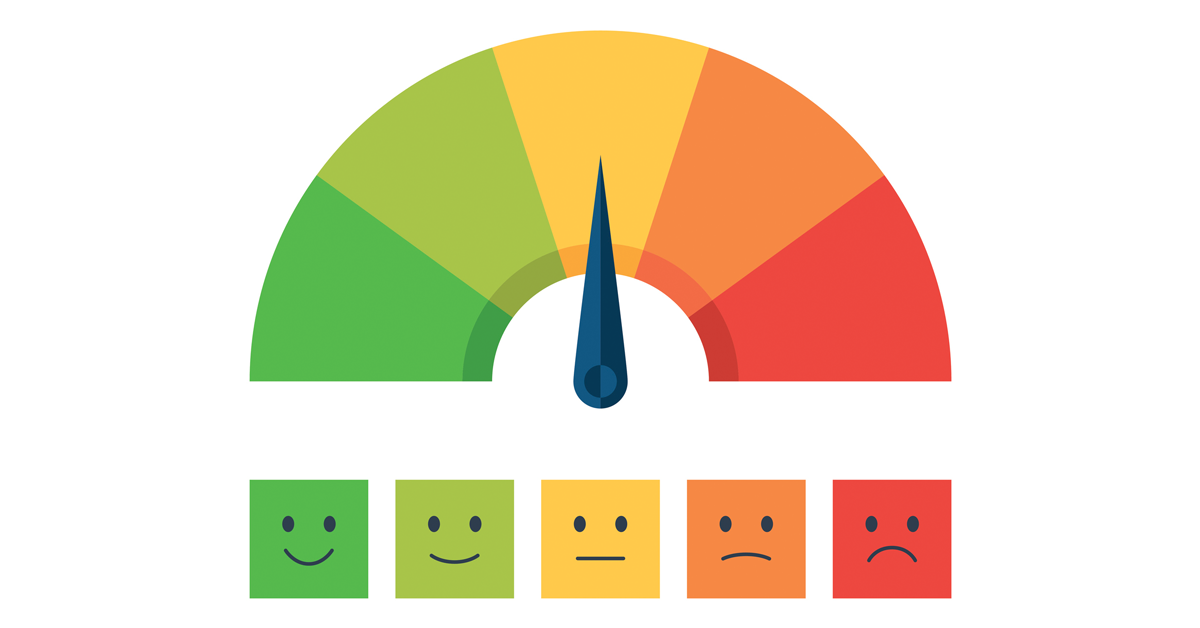
The IT help desk can be an essential part of your company. It’s often directly related to your business productivity and customer satisfaction. A help desk tool can streamline ticket requests, track purchases, and perform other essential functions, such as:
- Prioritize and automate requests
- Provide management for key updates about issue resolution
- Track new requests efficiently and accurately
- Offer employee assistance via live chat or remote help sessions
- Integrate with other systems to track and manage asset data
At its best, the help desk is the oil that keeps your organization running smoothly. On the other hand, if it’s not configured optimally, user experience, as well as, productivity can suffer. Let’s look at how you can improve your user experience and get the most out of your help desk software.
Improve Ease of Use
A help desk tool is only as good as its user experience, so ease of use can be vital. Start with the interface—ensure it’s intuitive, simple, and straightforward. Your employees may not have the patience to deal with a complicated interface if a problem arises, and will probably go directly to IT, which can take time away from higher-level projects that your techs may be working on.
Your help desk’s home screen should feature relevant information regarding a potential problem, for example, label your menu with easily identified icons such as “software issue” or “permissions” that provide prompts when clicked. Don’t require users to provide a lot of information upfront. A simple click for the problem should be enough to get the ball rolling.
Streamline Ticket Generation and Resolution
A robust help desk tool can benefit both the end user and the IT support staff. As such, it should have a straightforward method for reporting and tracking problems. If an employee has difficulty accessing permissions to use certain technologies, a help desk can aid them in creating a ticket simply by sending an email or making a phone call. Even better, an employee can create a ticket by accessing an online portal or clicking through a mobile app.
The IT team should also have a streamlined method of addressing problems. Help desk software can assign a ticket automatically, based on who is available or who has the appropriate expertise. Automatically generated tickets will appear in the appropriate support person’s email.
Create a cohesive help desk policy, to make the process efficient. Employees must have a clear understanding of how and when to generate a ticket to avoid unnecessary confusion or wasted productivity.
Leverage the Knowledge Base to Save Time
Today’s employees are enterprising do-it-yourselfers. Harness this trend by offering self-help options through the knowledge base (KB) whenever possible. Examples of self-help options include password resets or username retrieval. An IT support specialist who receives an email asking for a password reset can simply send a link to the appropriate tutorial in the KB. This approach not only saves time but encourages employees to figure out the basics on their own.
Integrated Asset Management
The bring your own device (BYOD) movement is gaining traction in the workplace and is projected to continue to grow in the coming year, which might ultimately lead to confusion in the IT department. To mitigate chaos, you can link an employee’s devices to a unique profile within the help desk. This can quicken issue resolution because your IT team can access to a complete history of glitches and repairs. The techs can resolve common or recurrent problems in a fraction of the time, which can also help facilitate ticket transfers and reduces the risk of miscommunication down the line.
Utilize Ticket Tracking
Another feature vital to ease of use is ticket tracking. Tracking not only gives employees an estimated time of resolution, it can also keep other key members of staff in the loop. We’ve all waited anxiously for that coveted package from UPS to arrive – wouldn’t it be nice if we knew what time it was coming? It can often be hard to concentrate on other tasks while repeatedly glancing out the window.
Waiting for a resolution to an IT problem can be much the same, and tracking helps relieve the anxiety. With an estimated time of completion, employees can focus on other tasks instead of hitting refresh to see if the issue has been resolved.
Know When to Set Limits
Lastly, a help desk tool is most efficient when it’s used correctly. Encourage employees to keep ticketing to a minimum. Instead, get them to utilize the knowledge base whenever possible. Consider implementing training to discuss solutions to common problems. Training can help cut back on the volume of unnecessary help requests and support your IT department’s productivity. Follow these steps, and you’ll find the help desk user experience can greatly improve for both end users and for your support staff.
The Art of Organizing and Simplifying IT Support – Free White Paper
Find out how support teams can save time and operational costs all while improving productivity and customer satisfaction. Download “The Art of Organizing and Simplifying IT Support“ white paper.
Leave a Reply